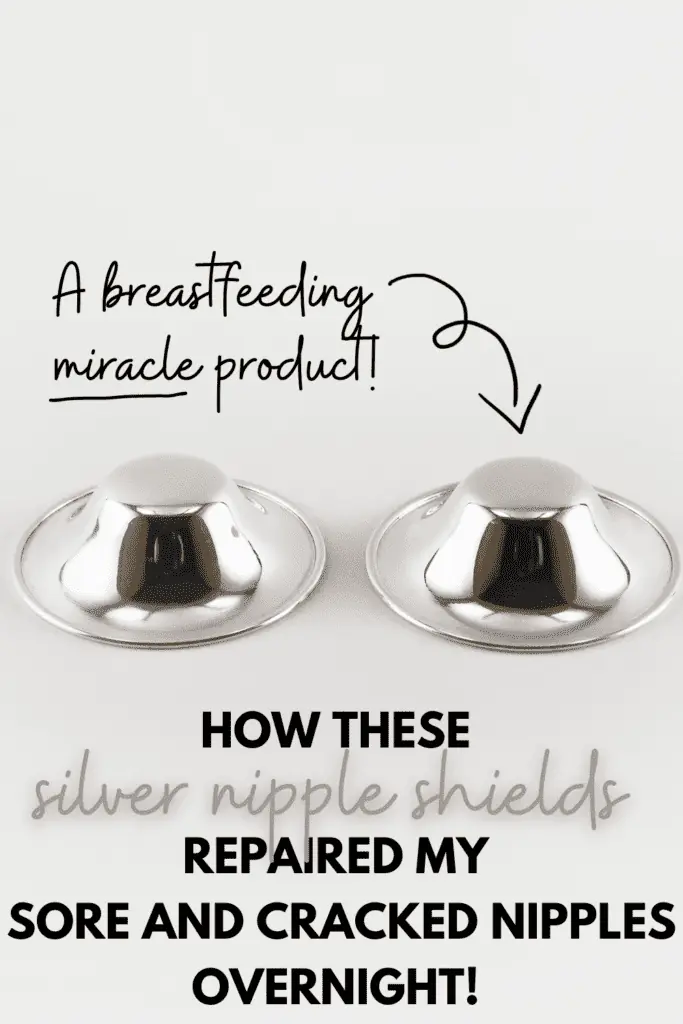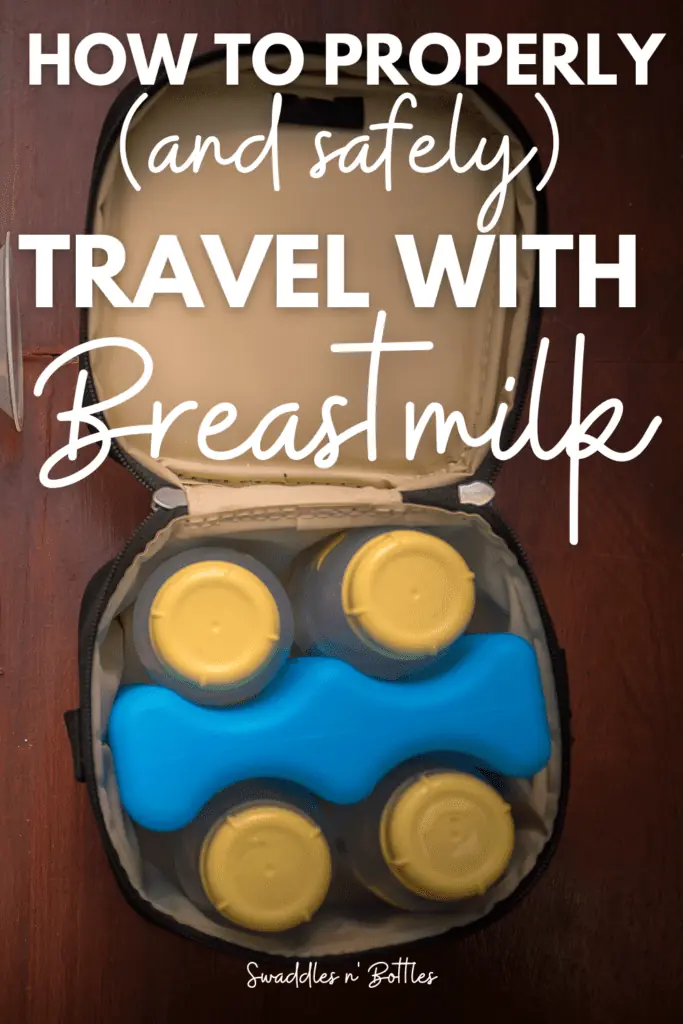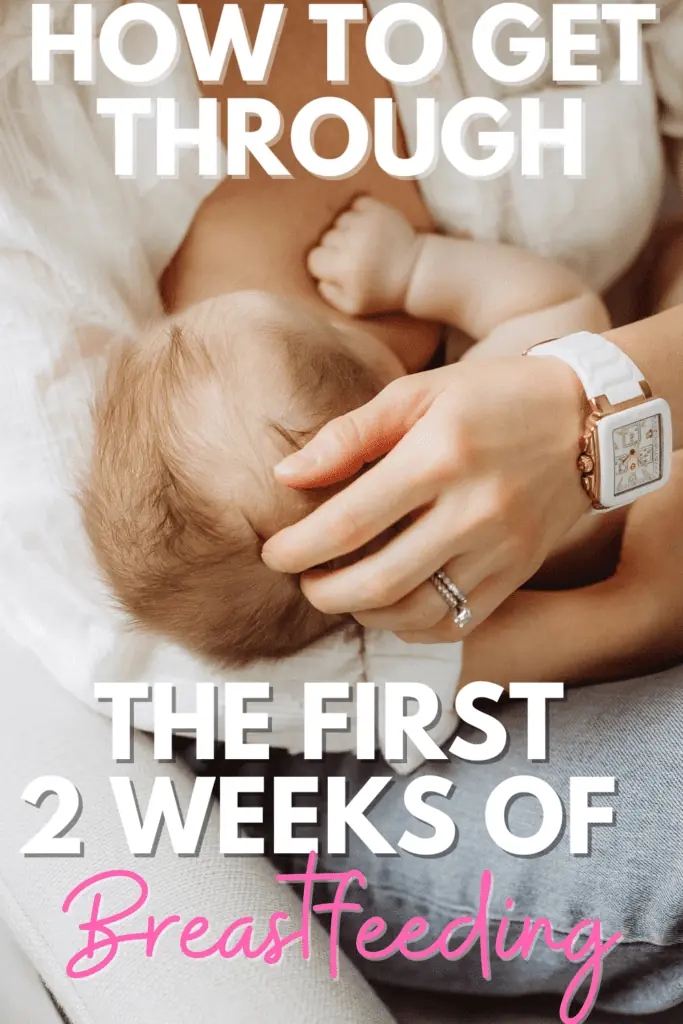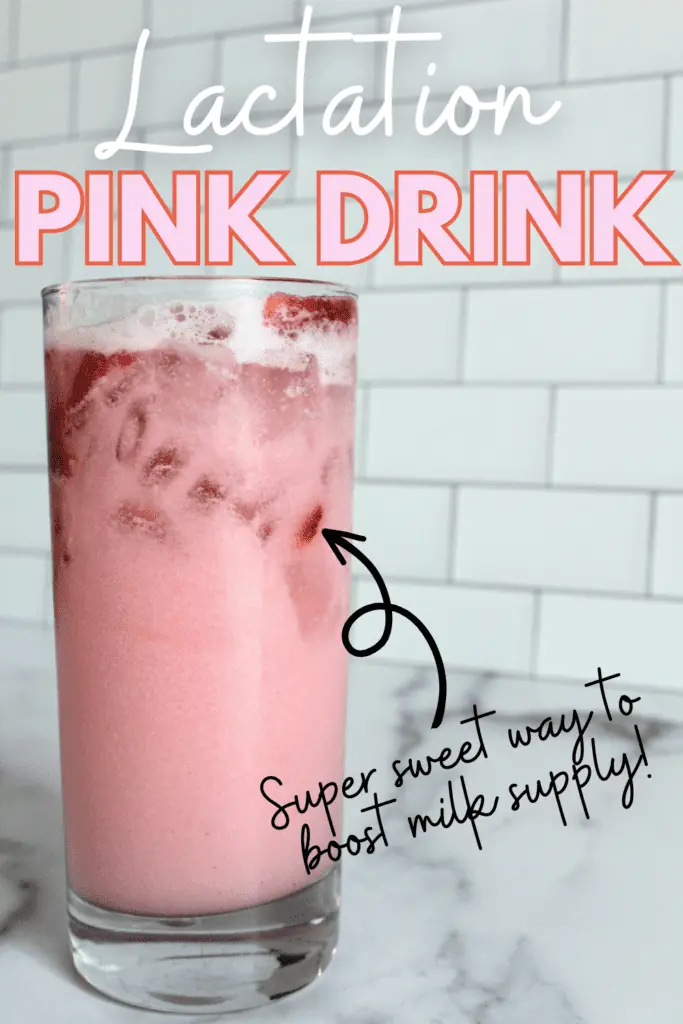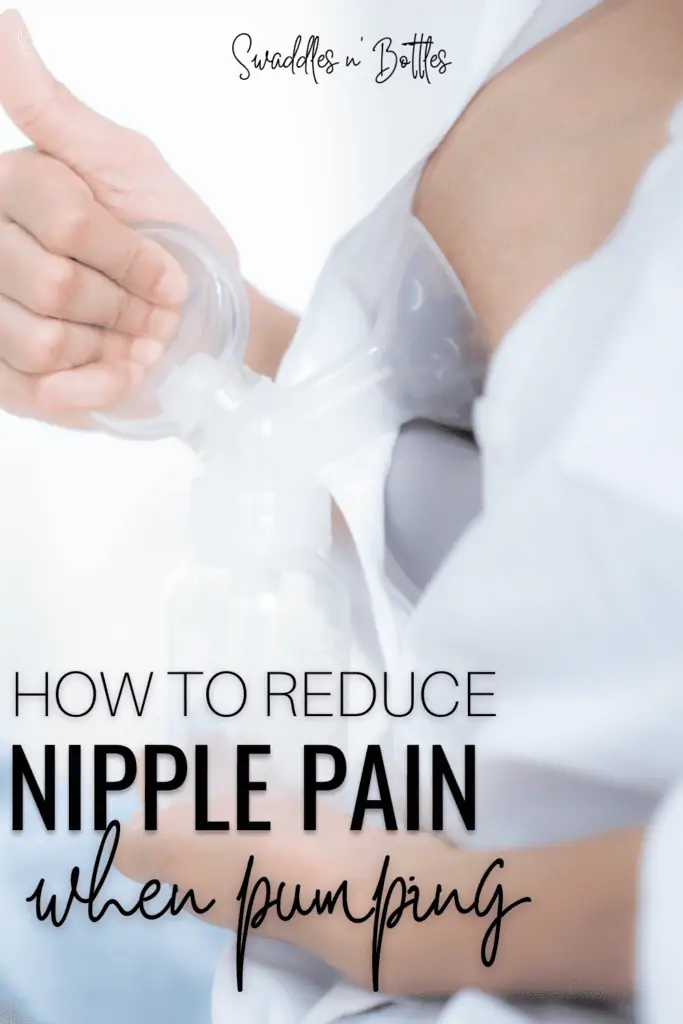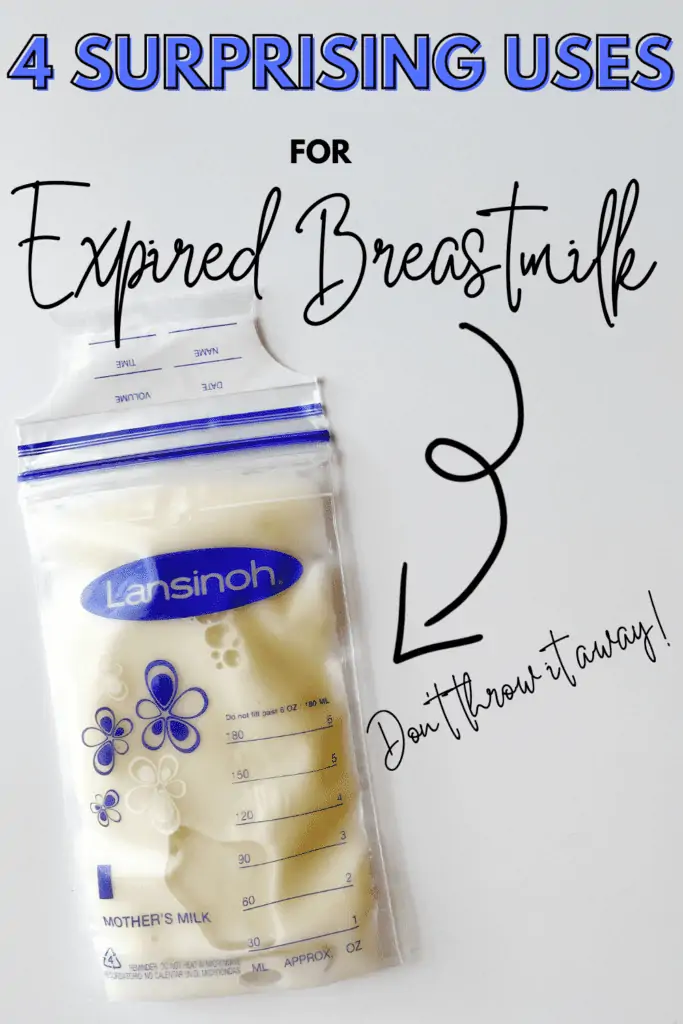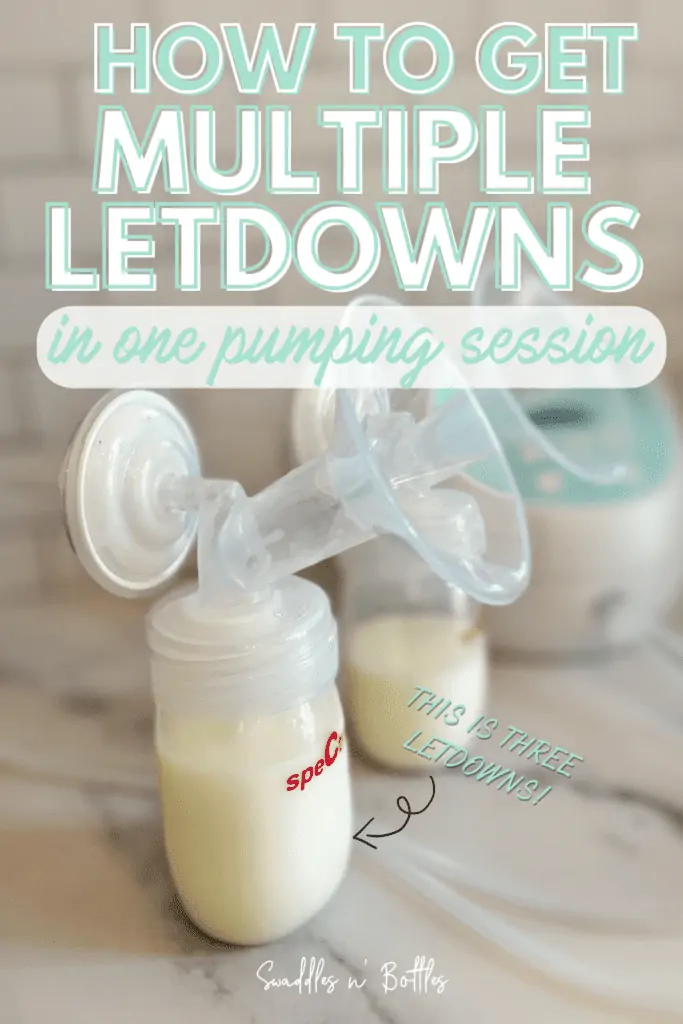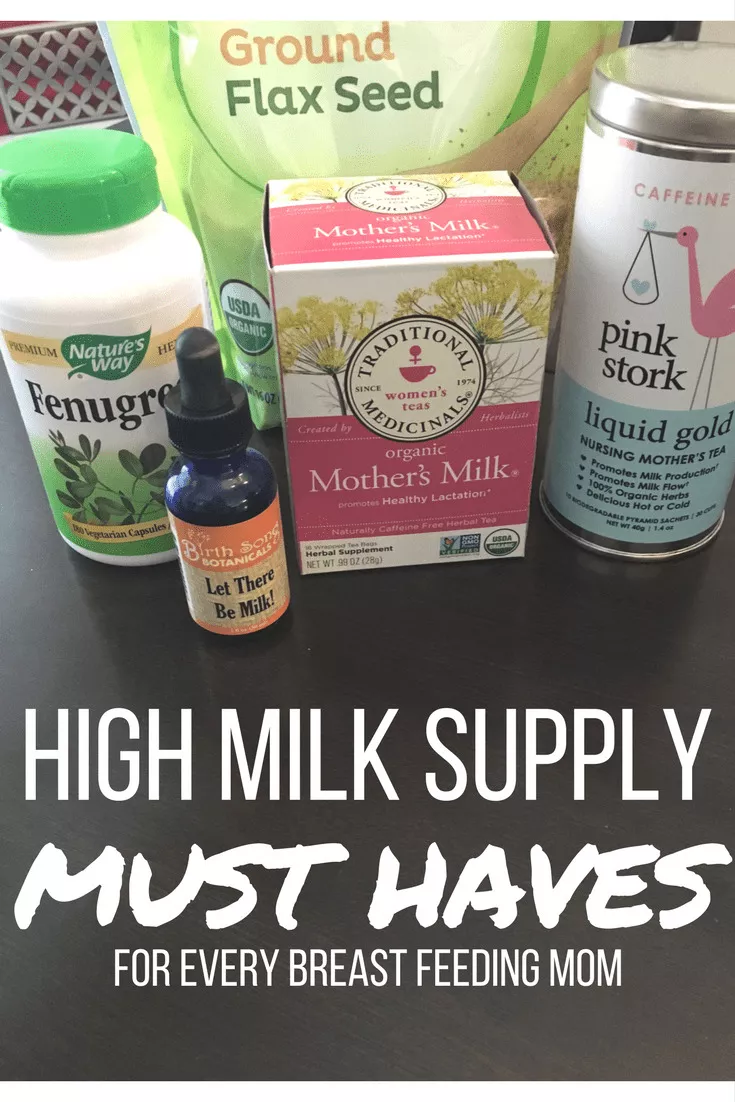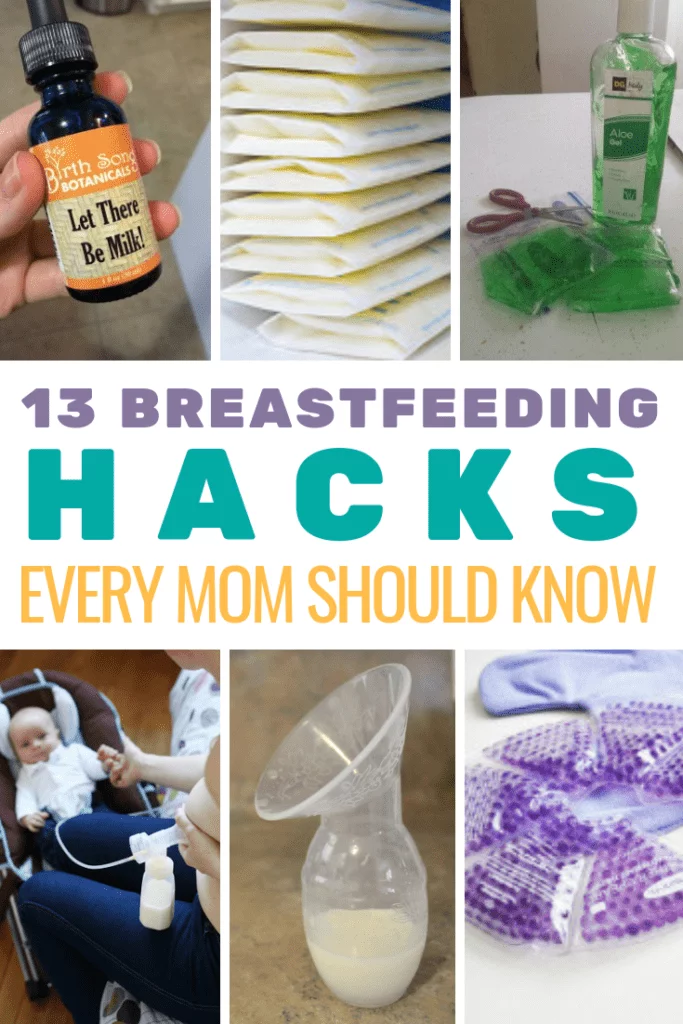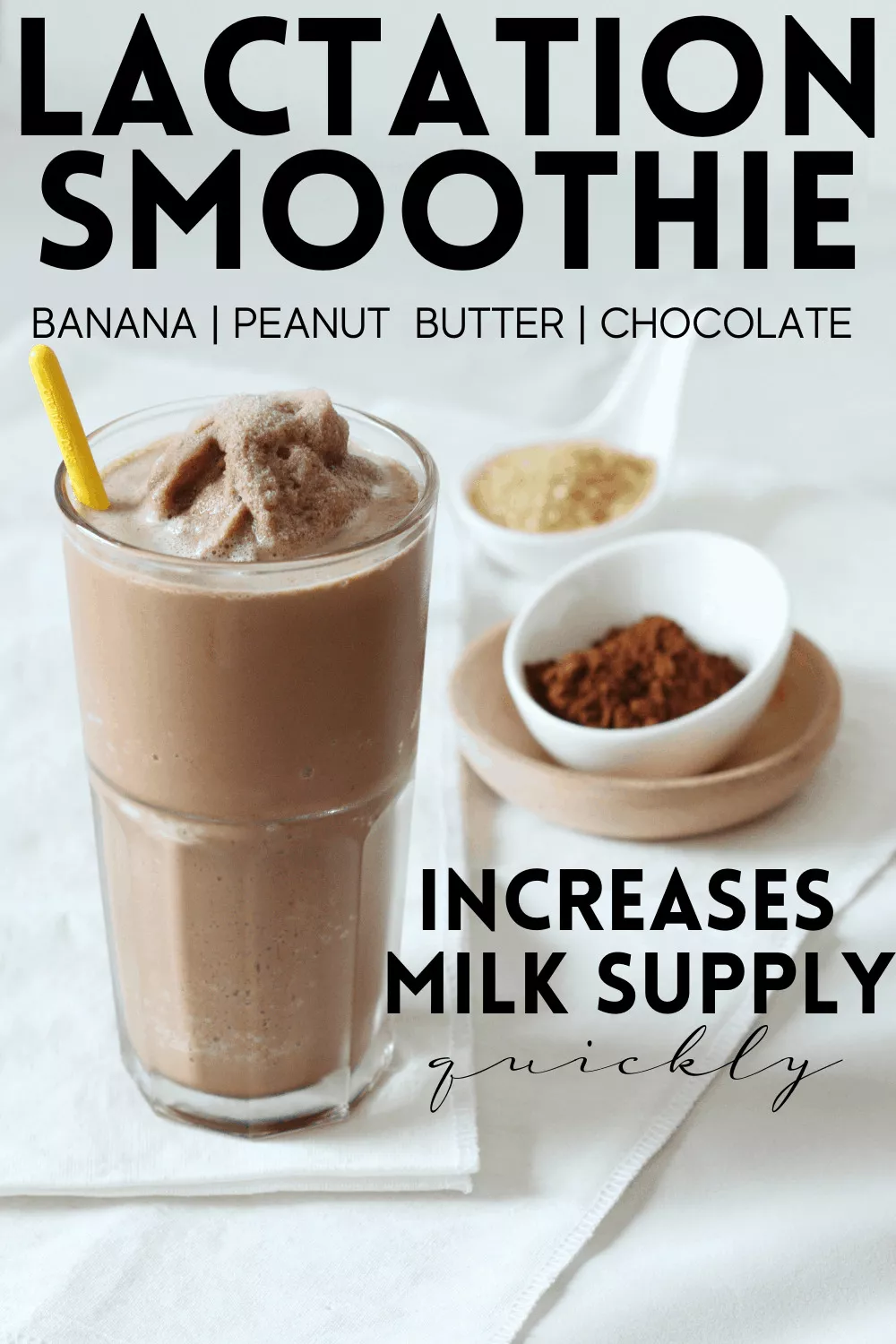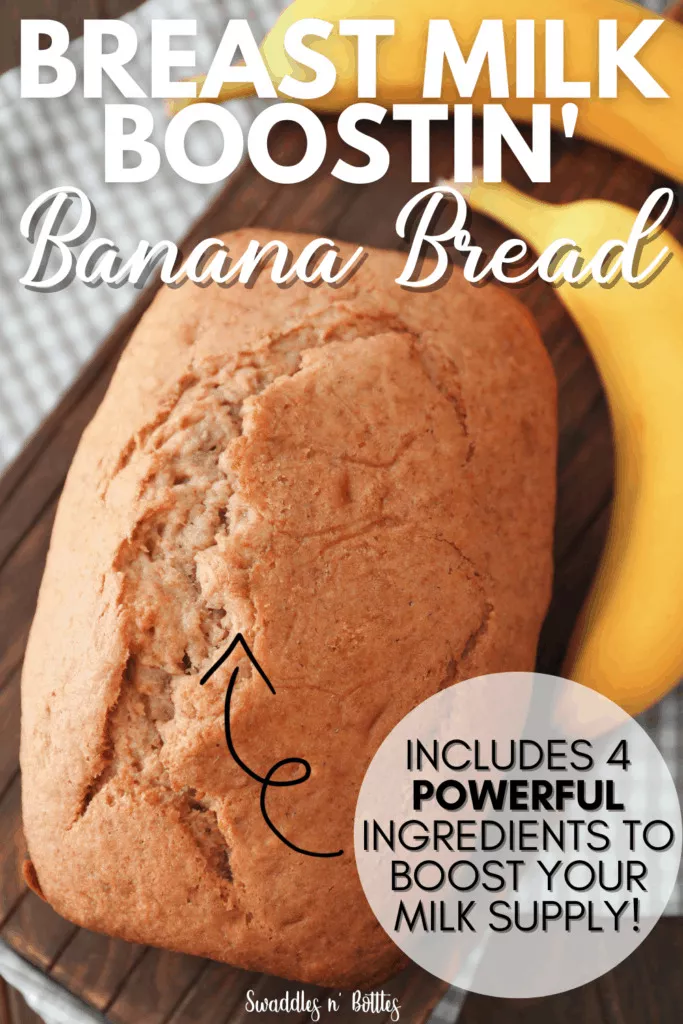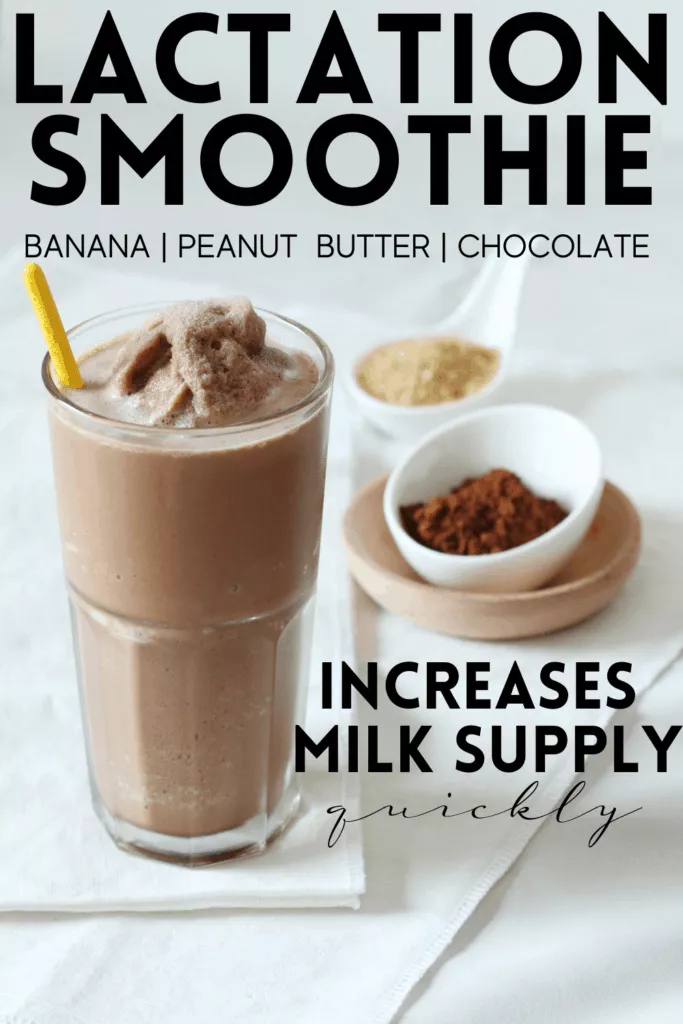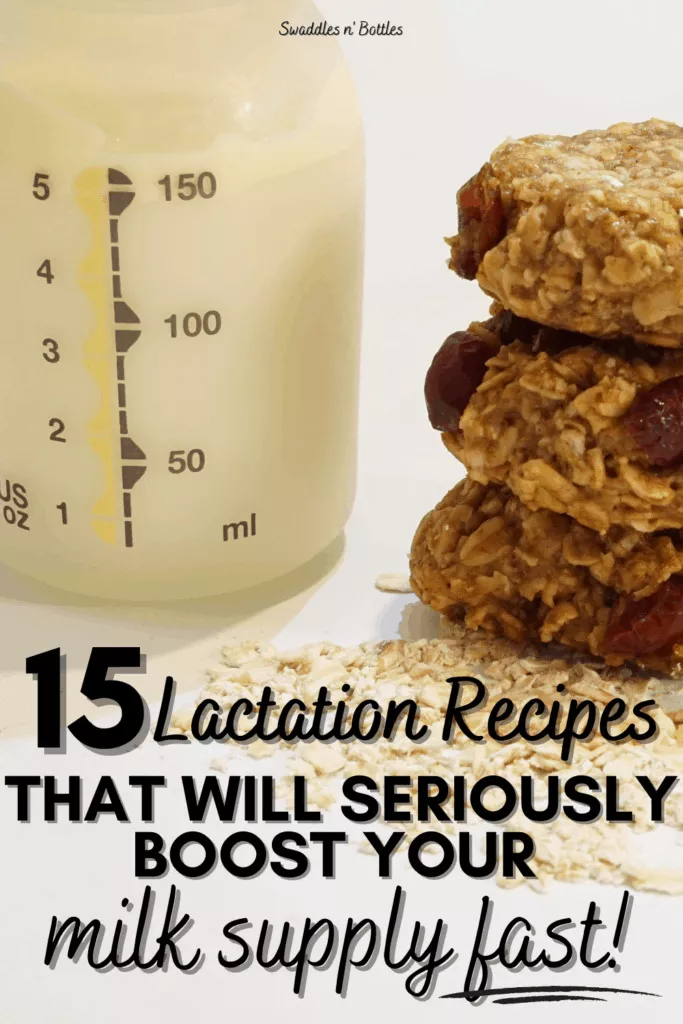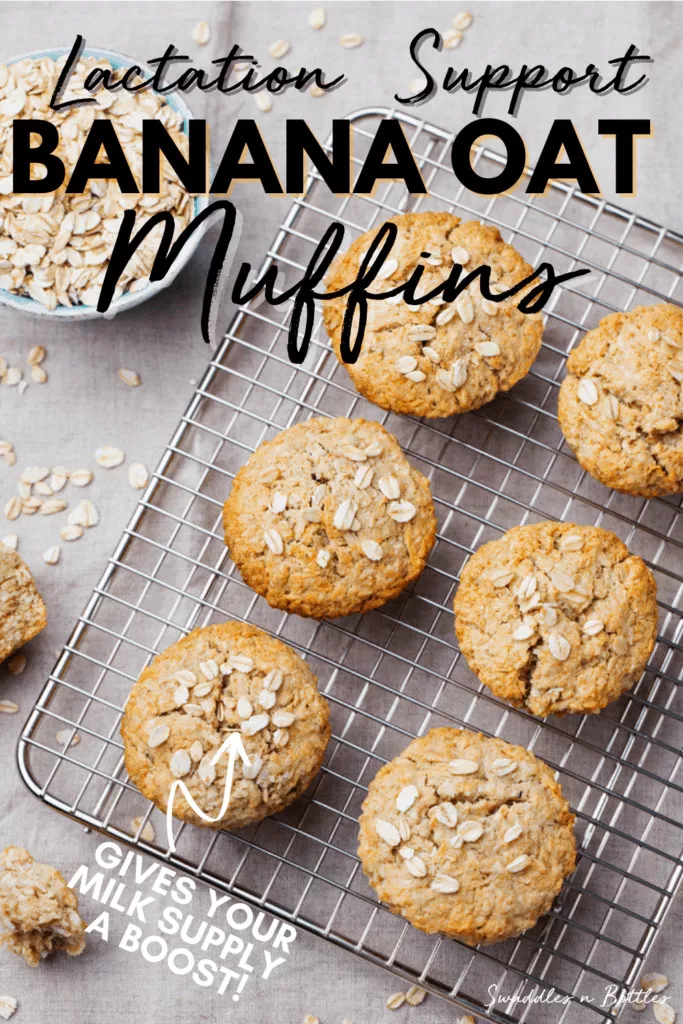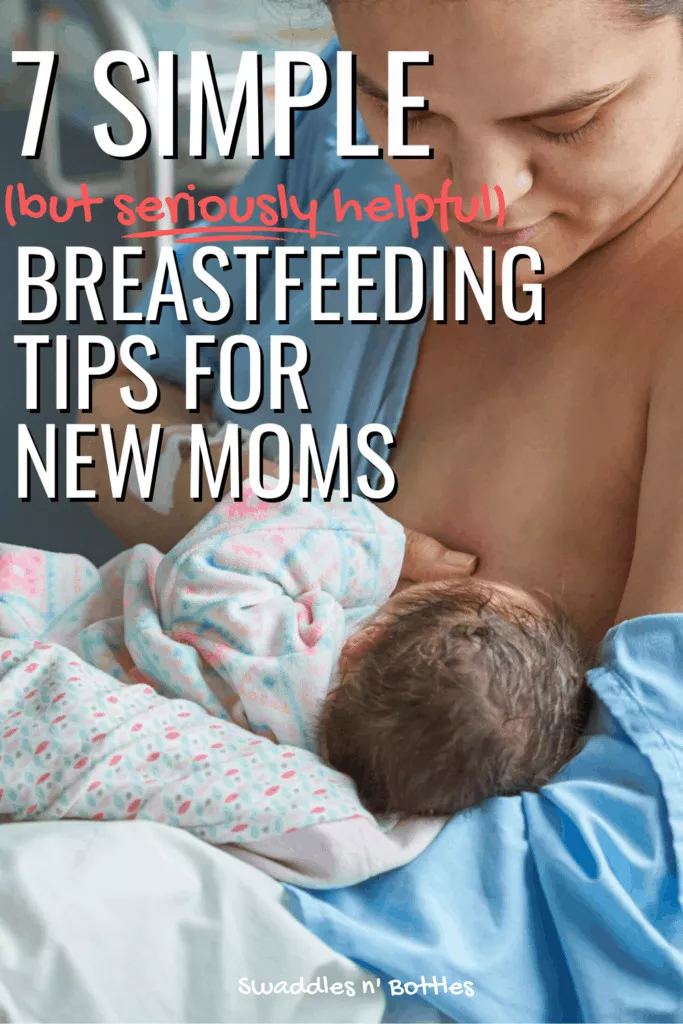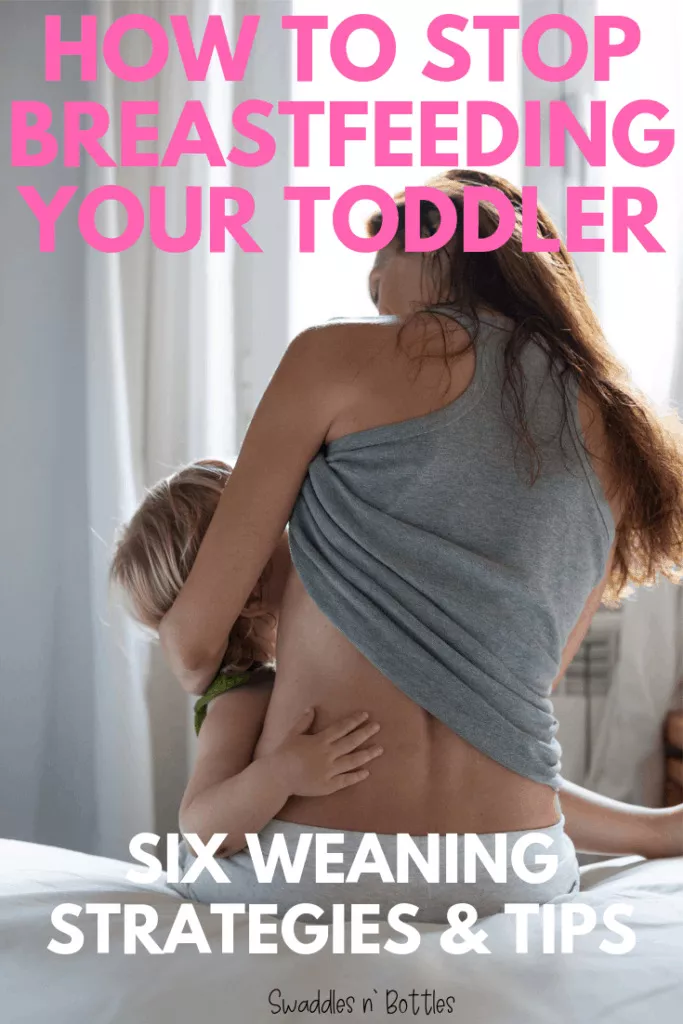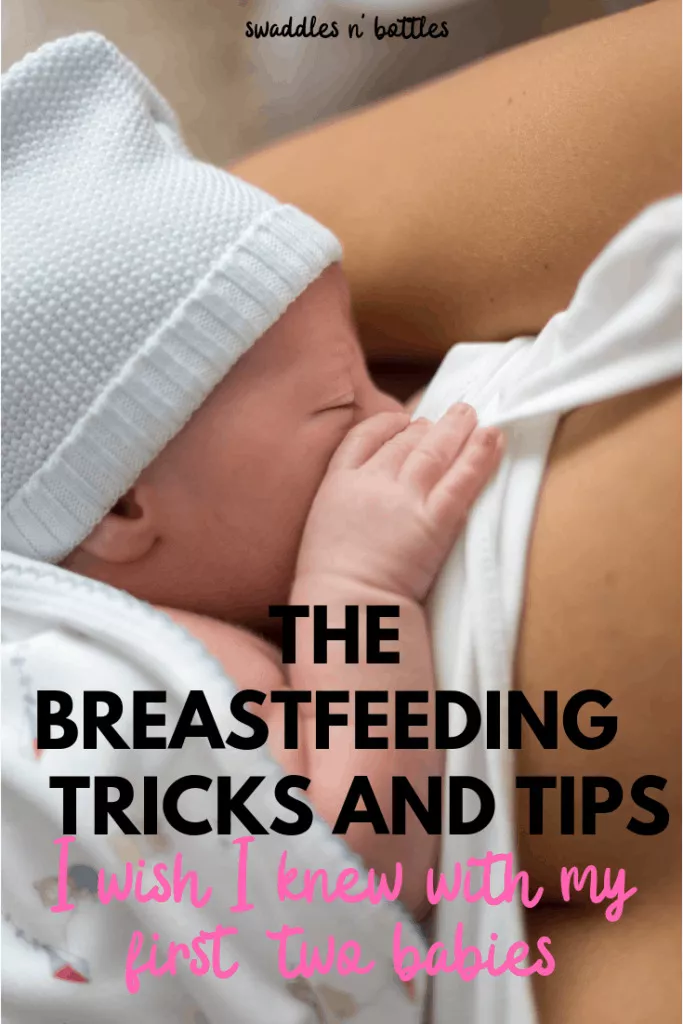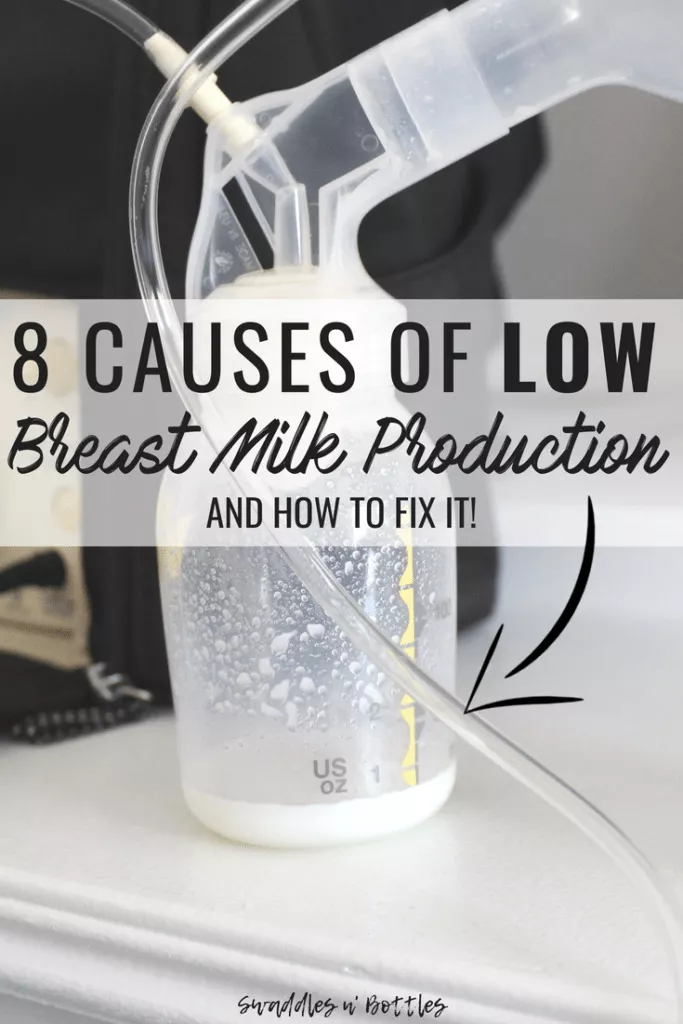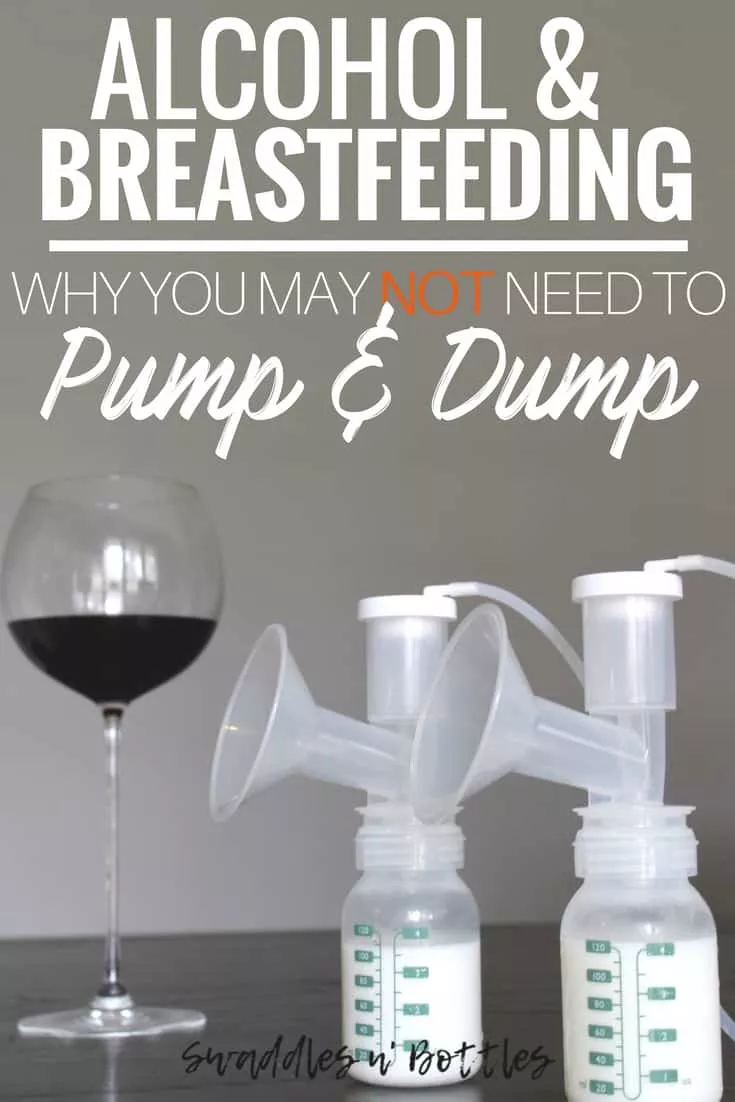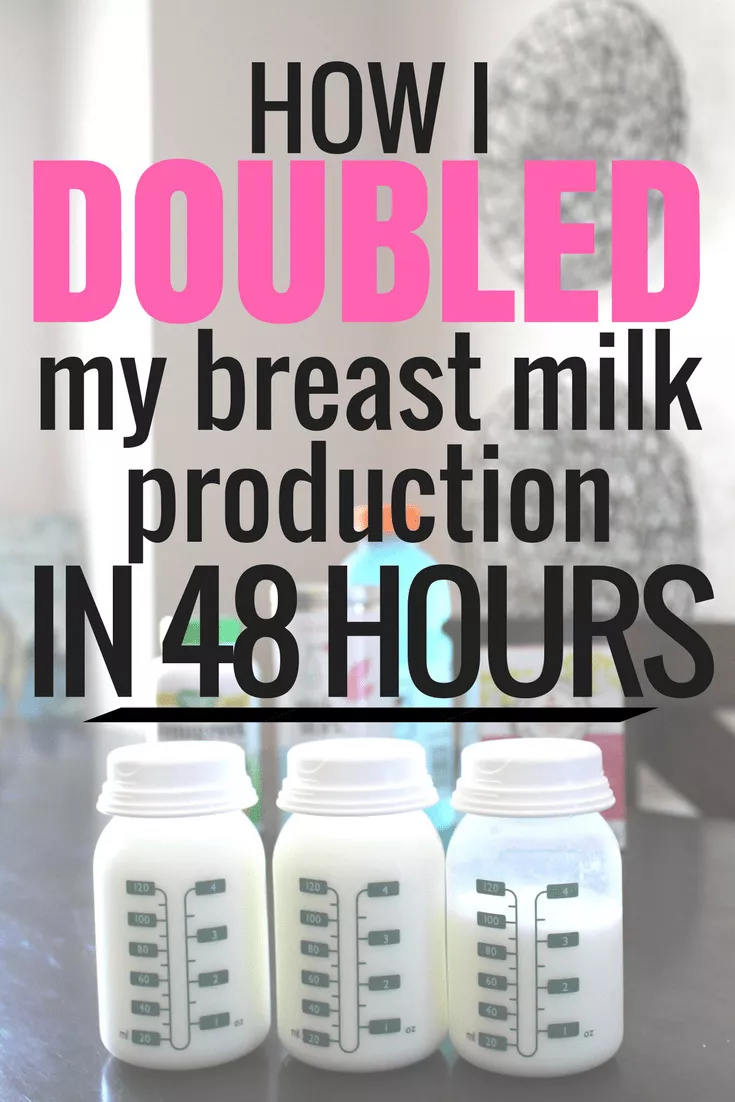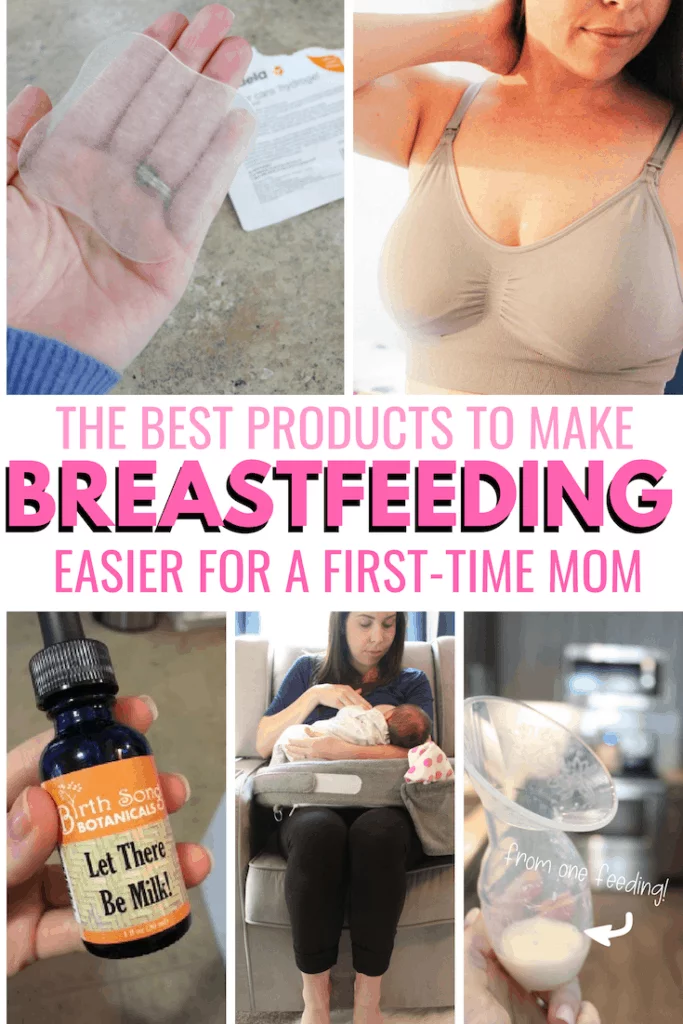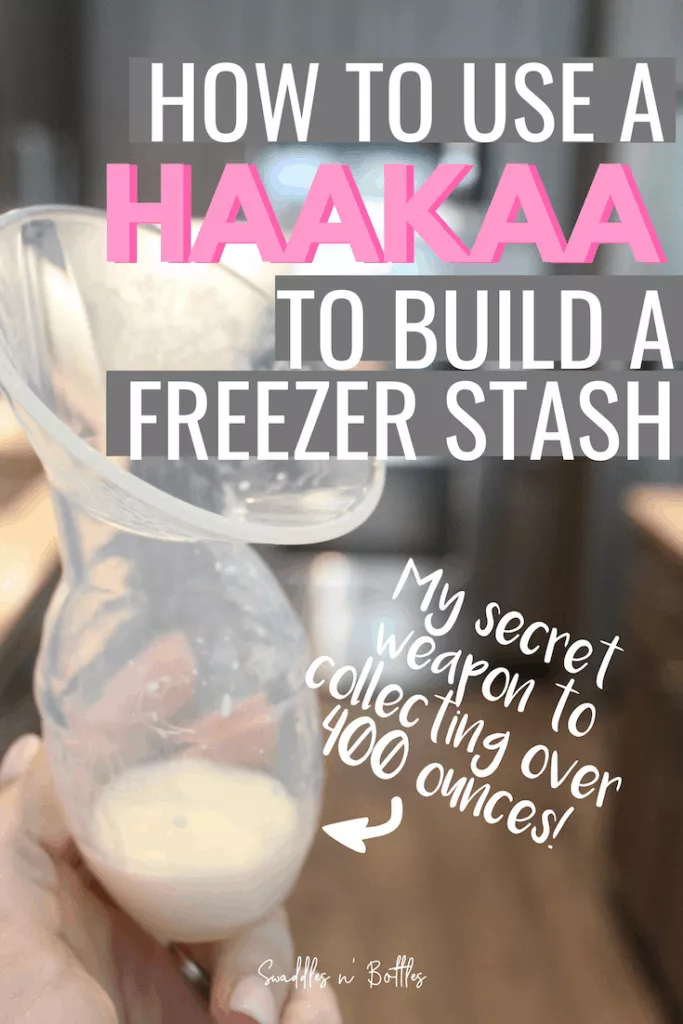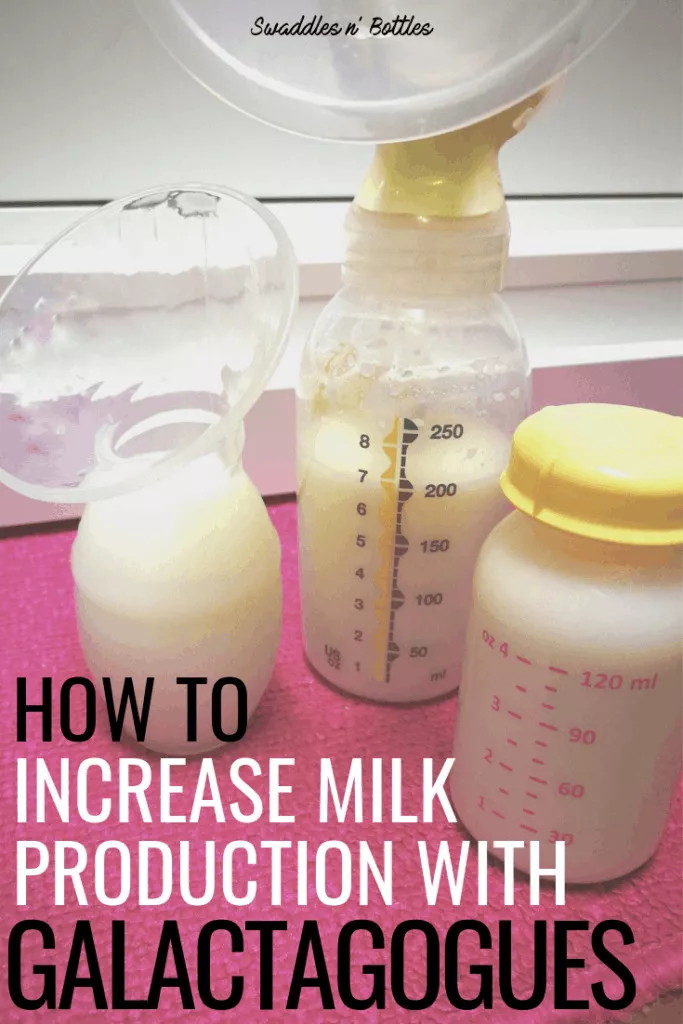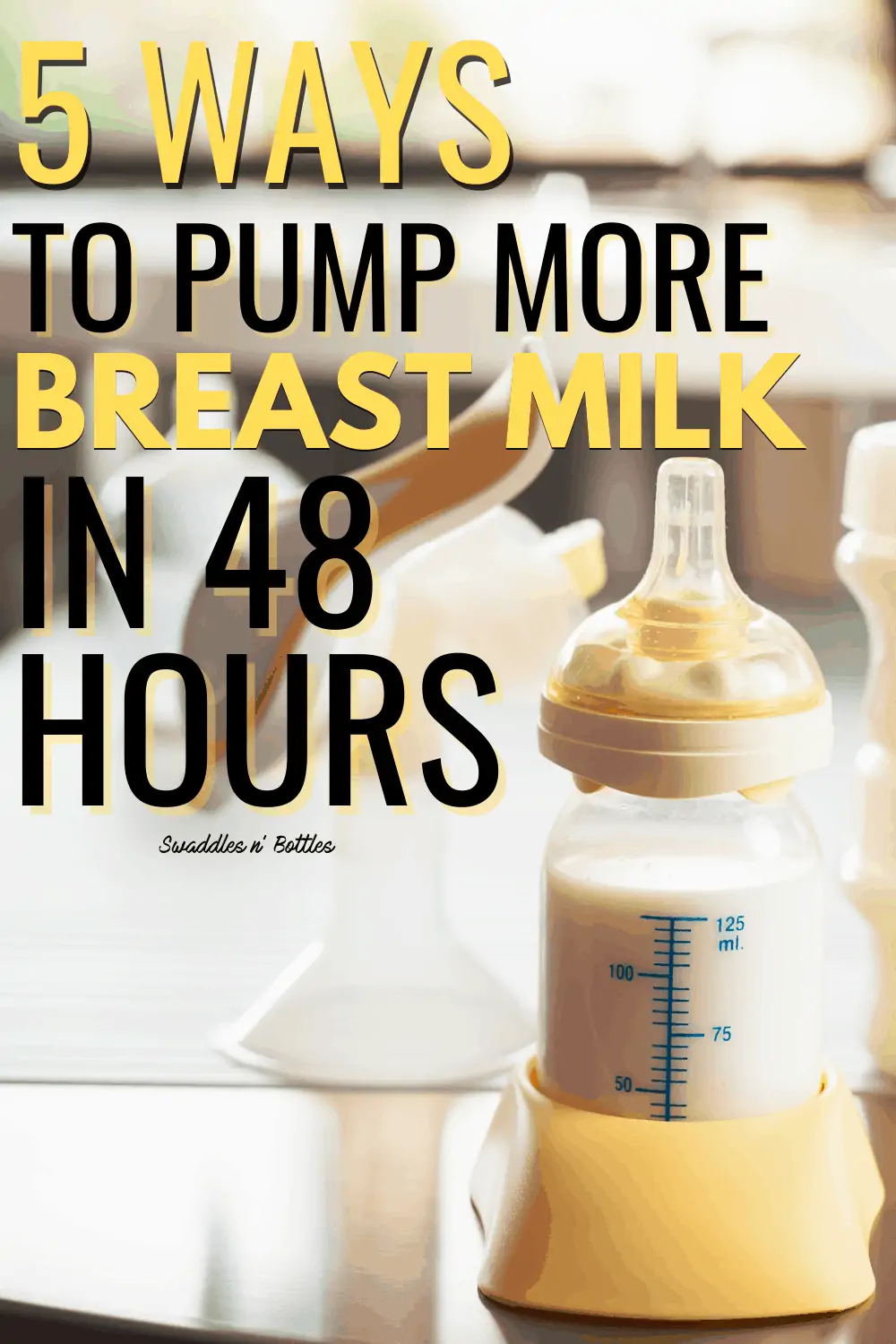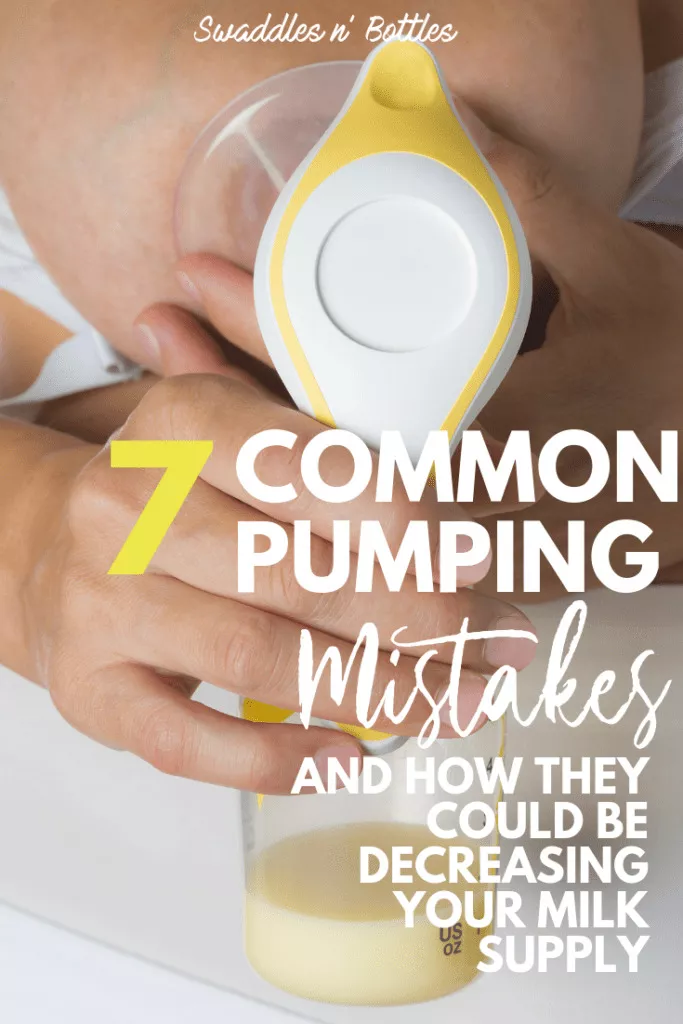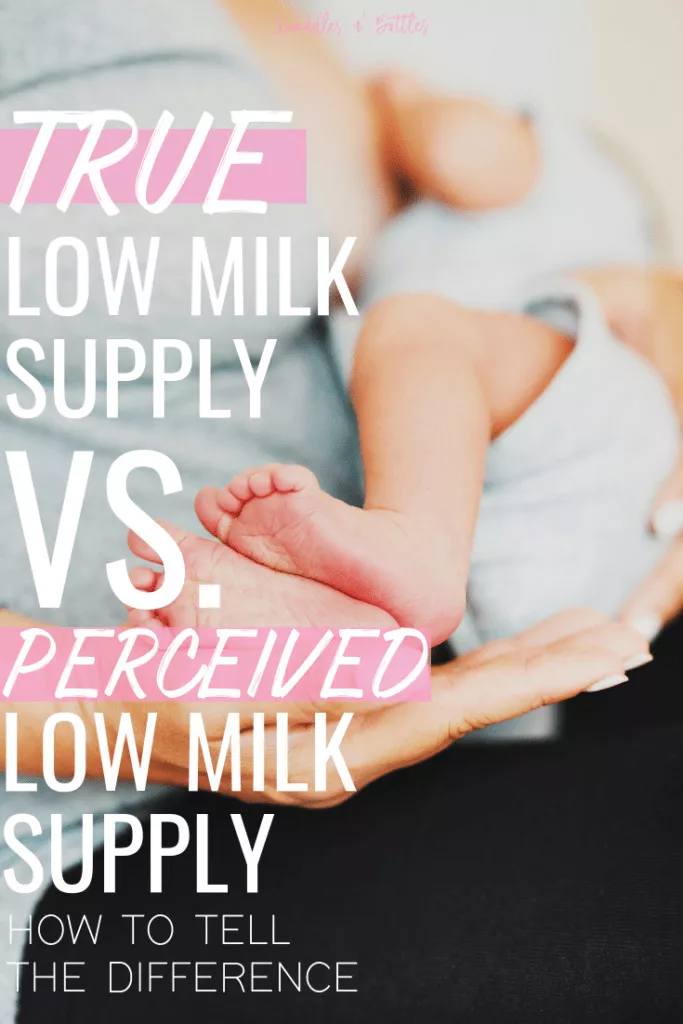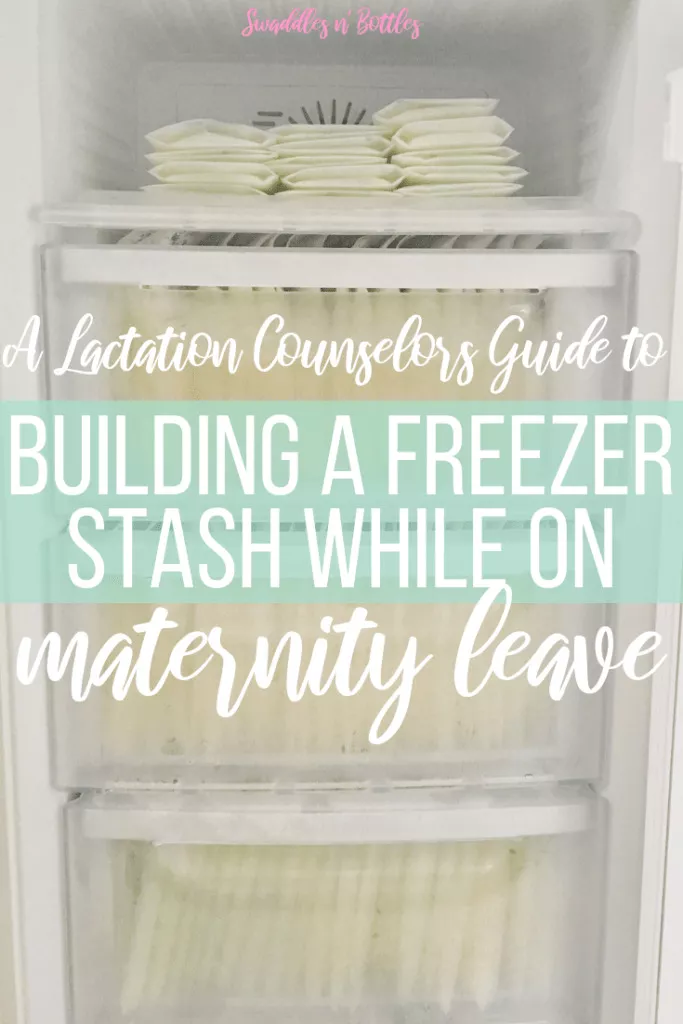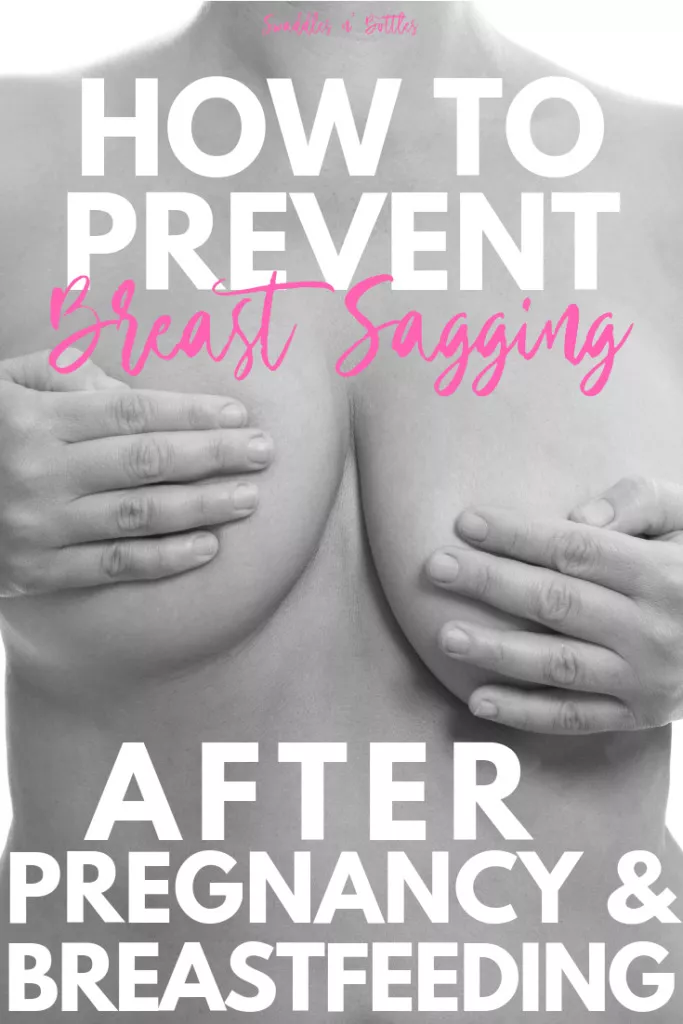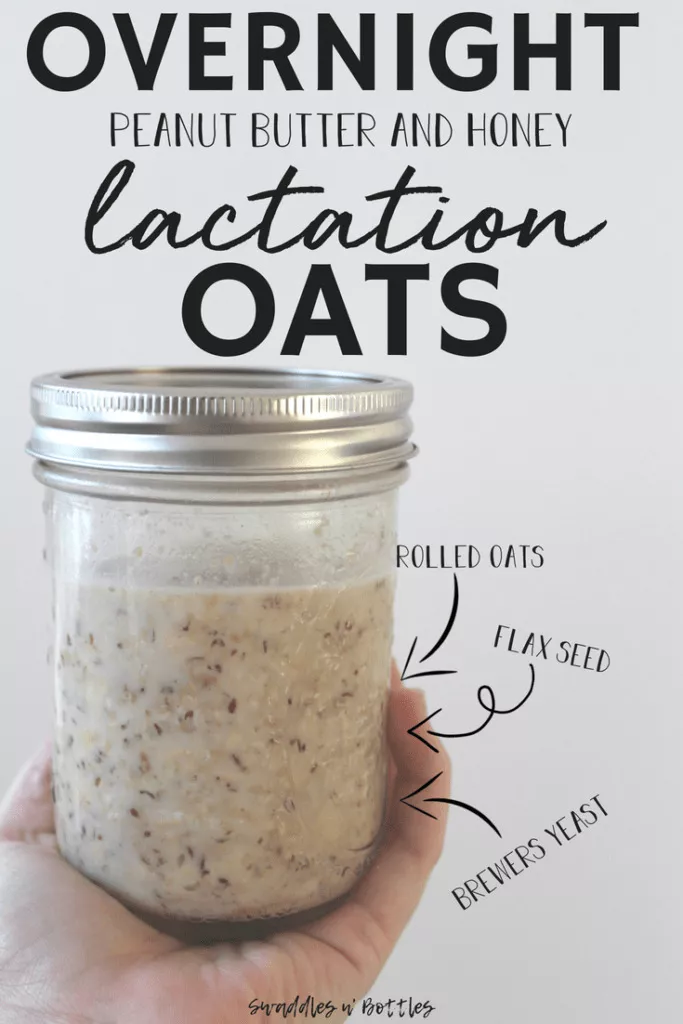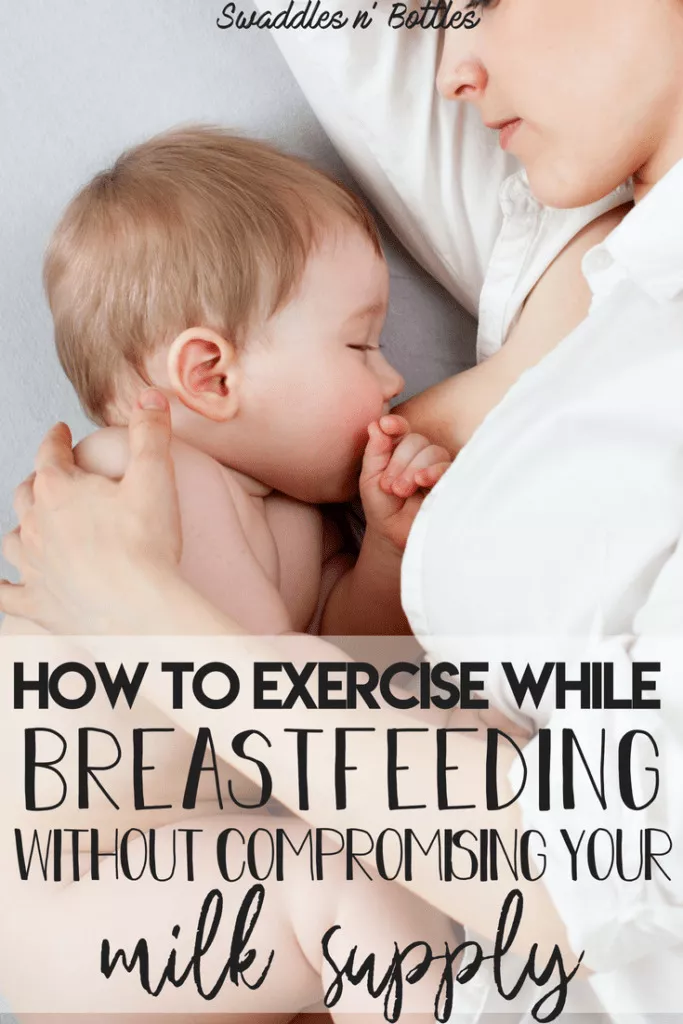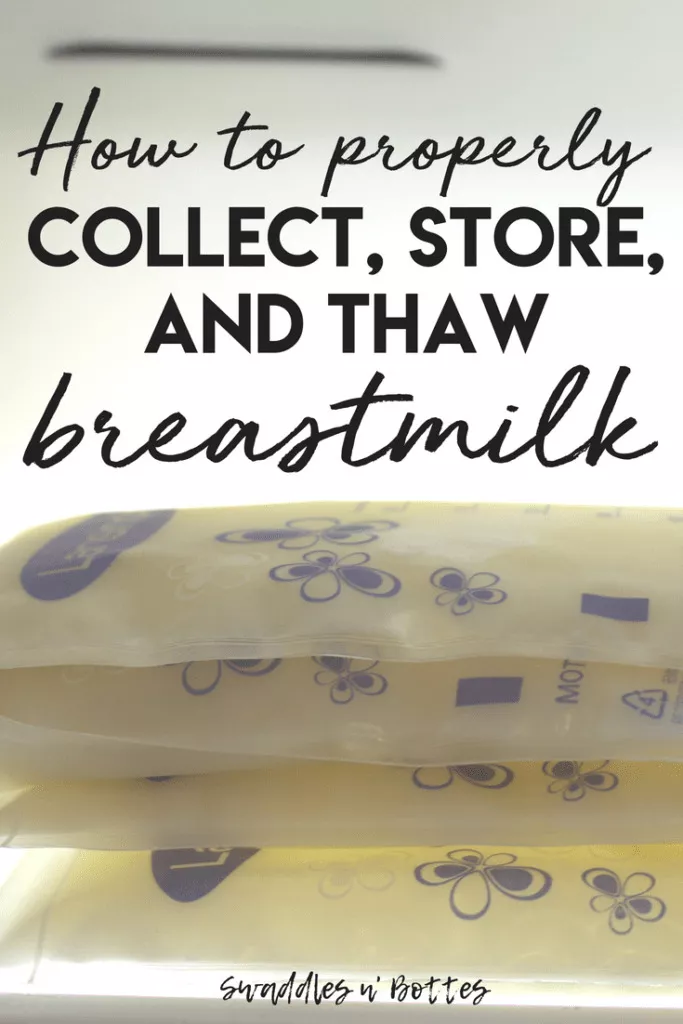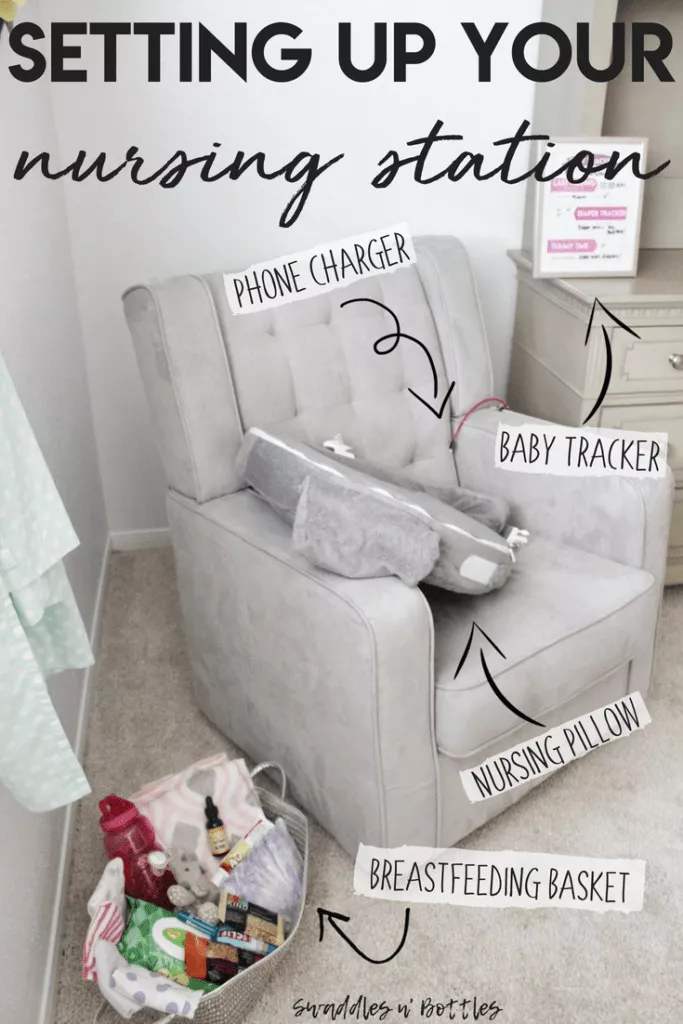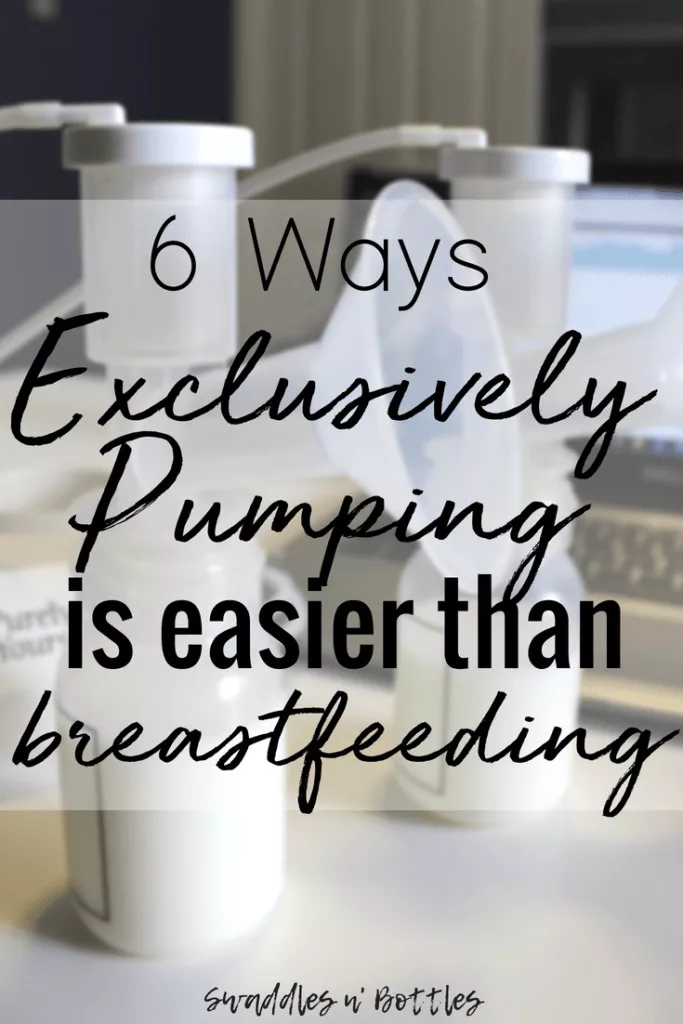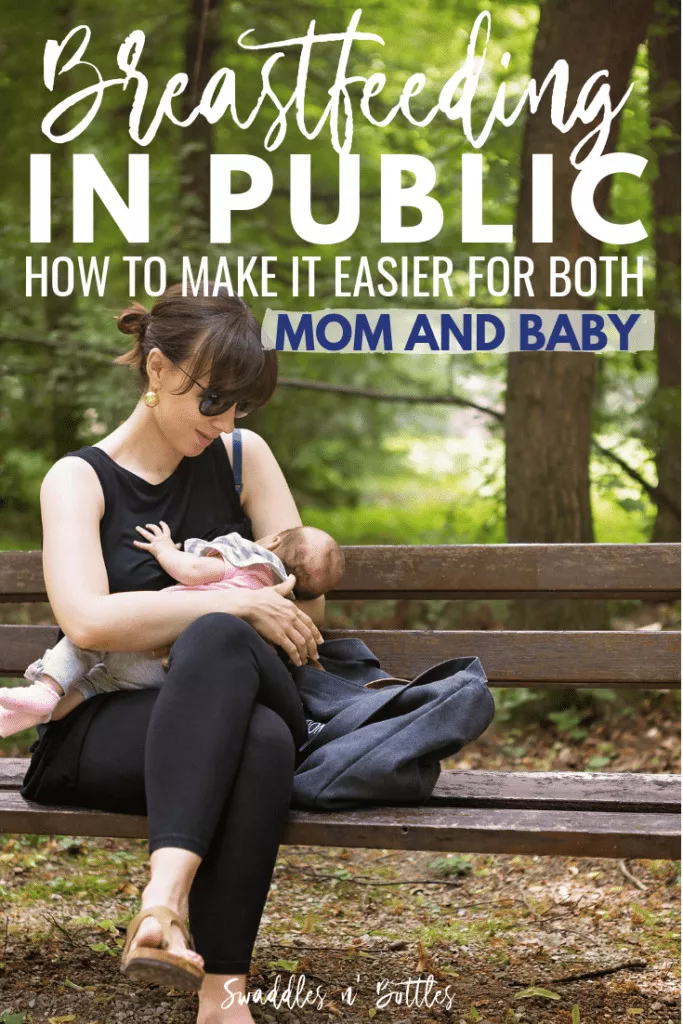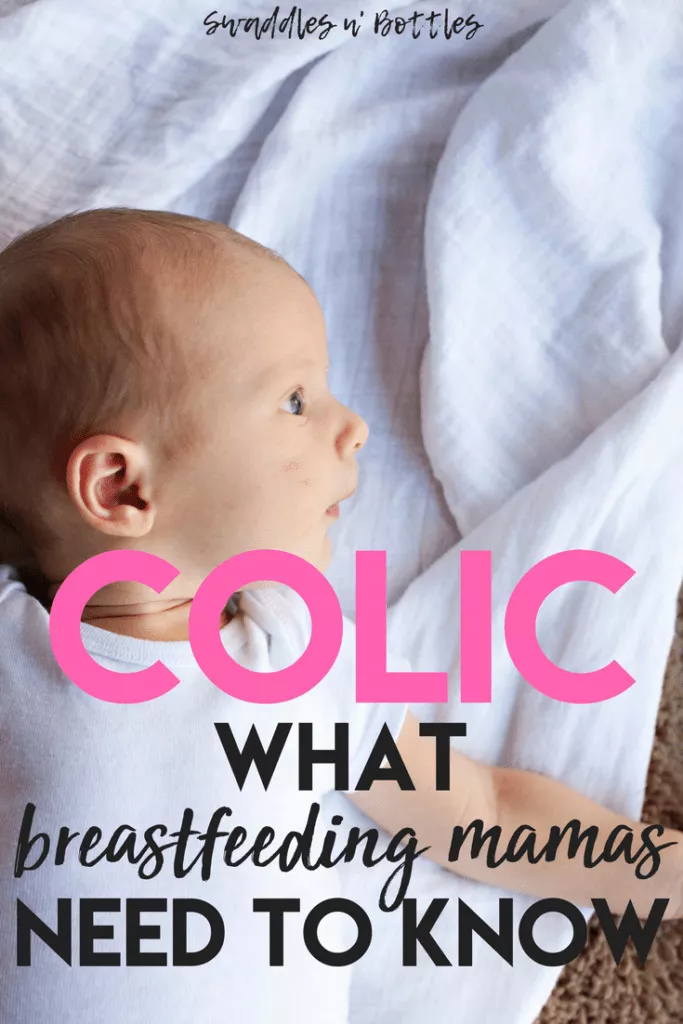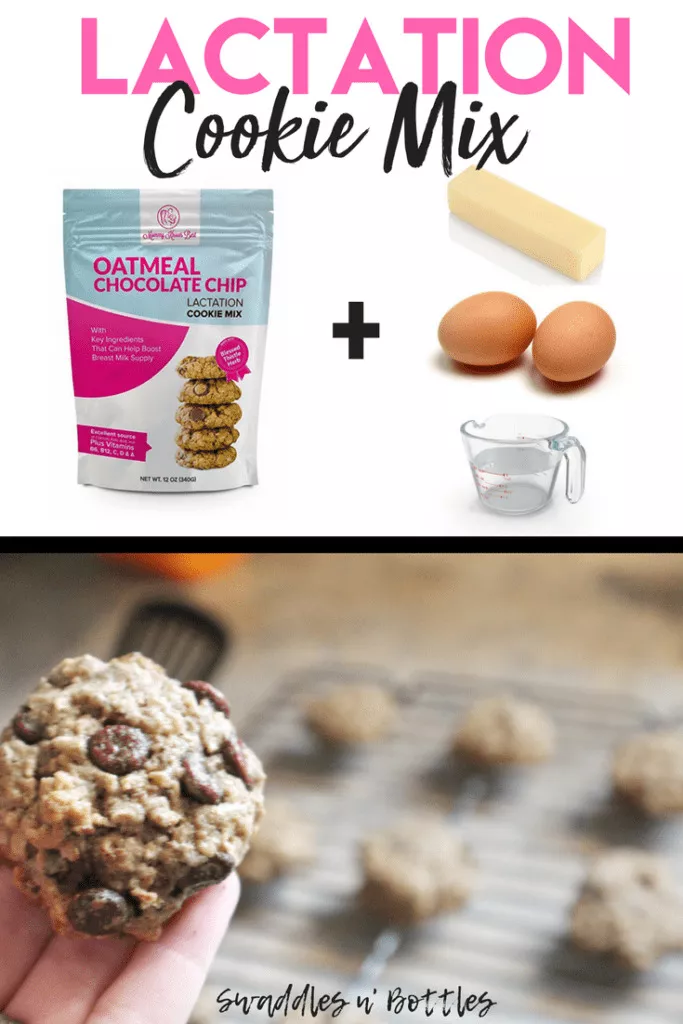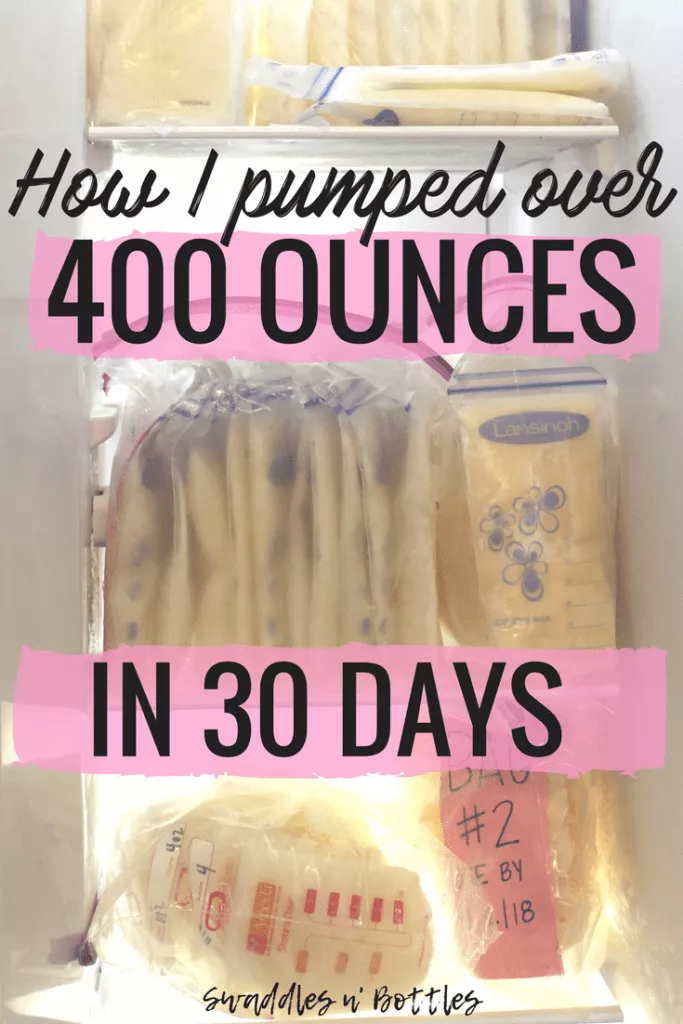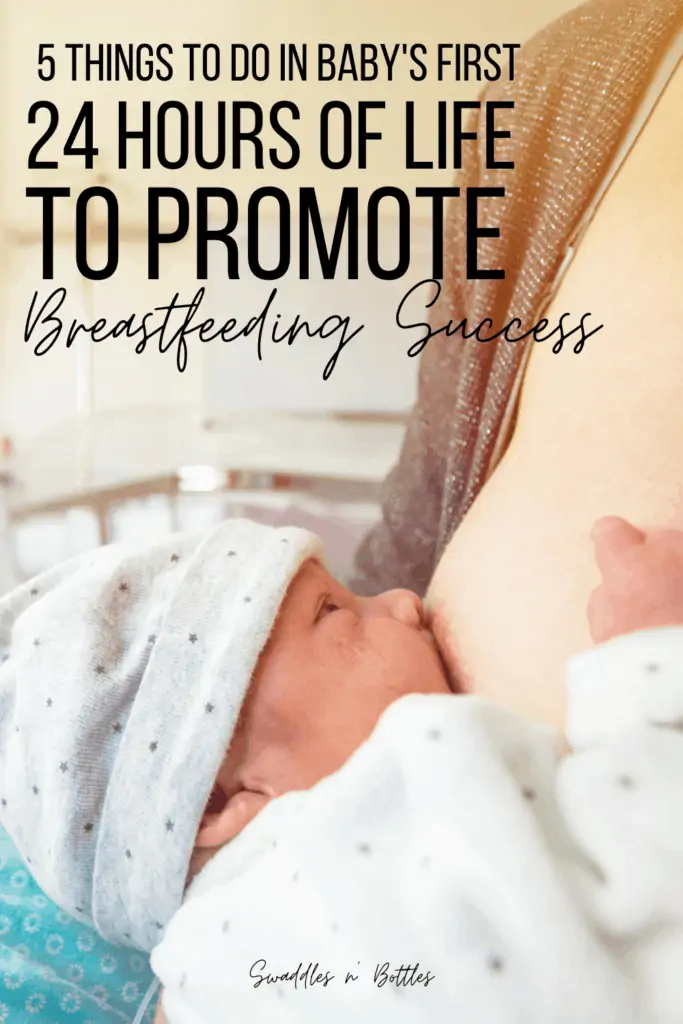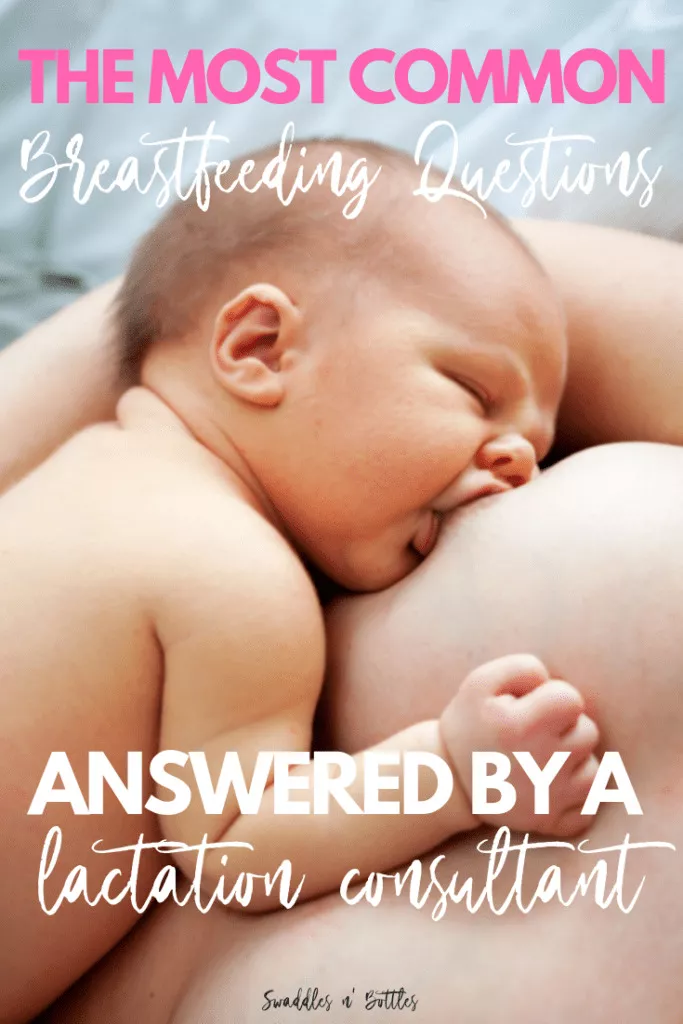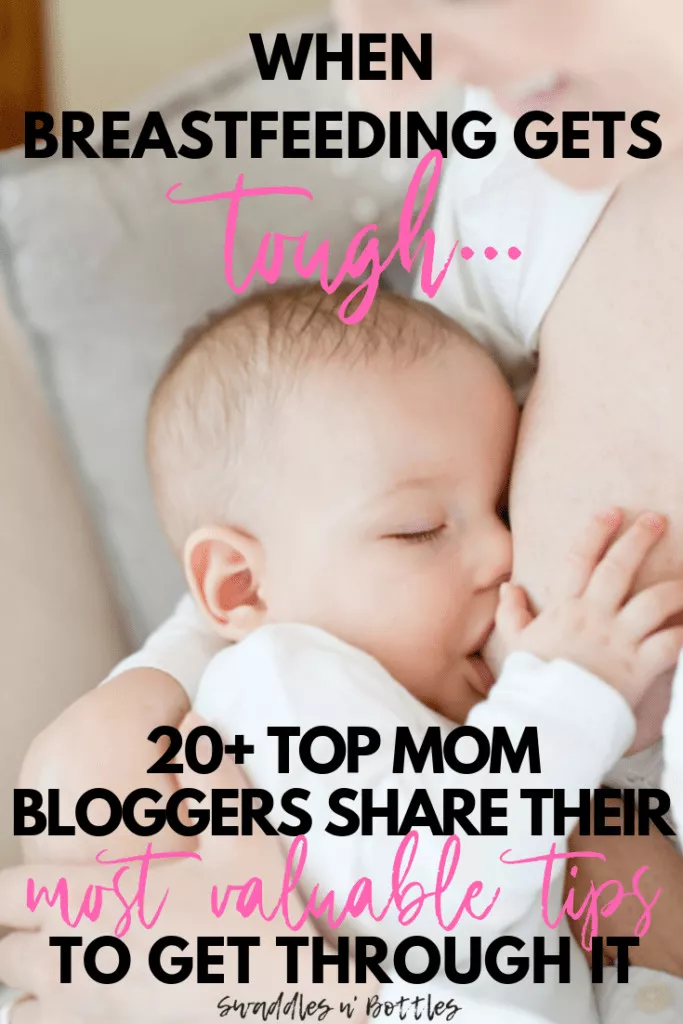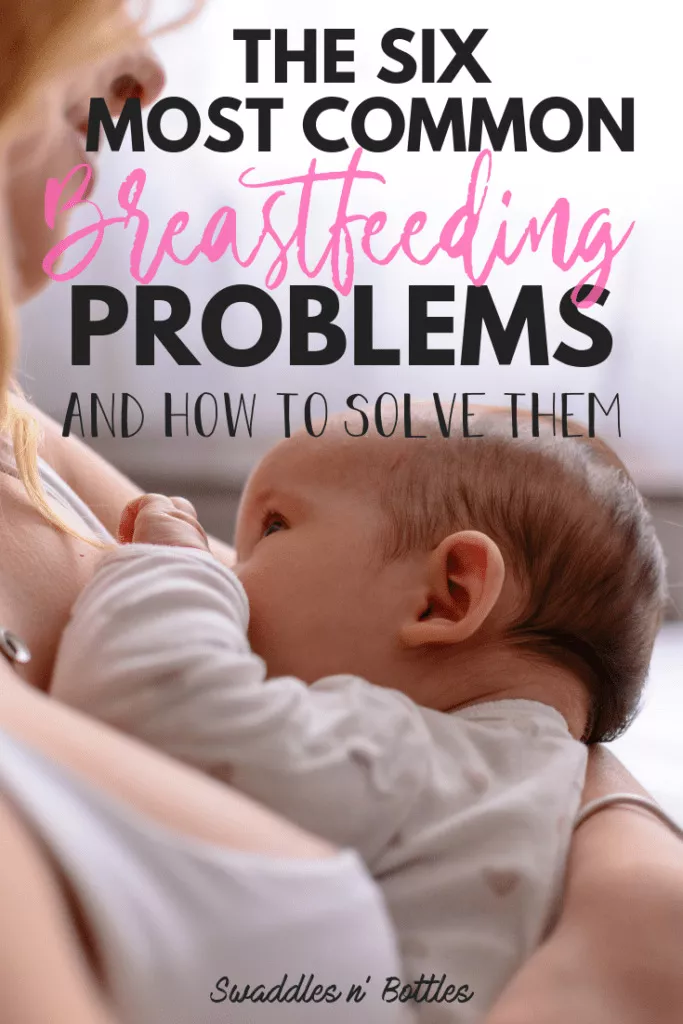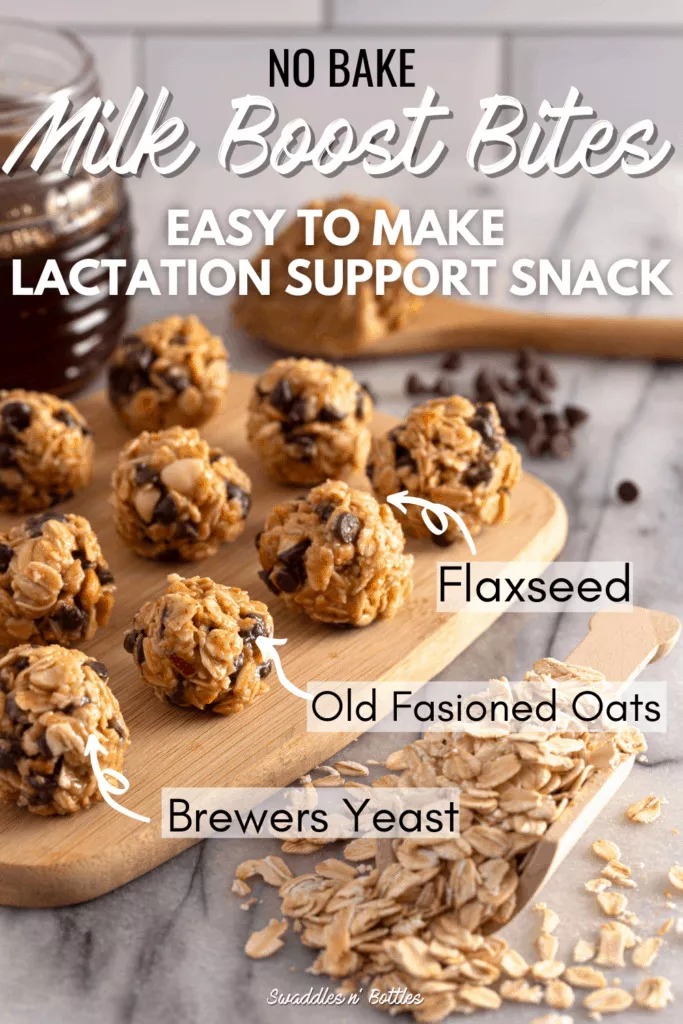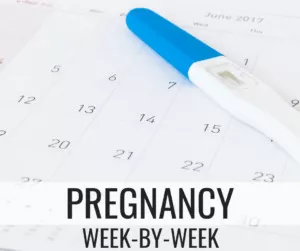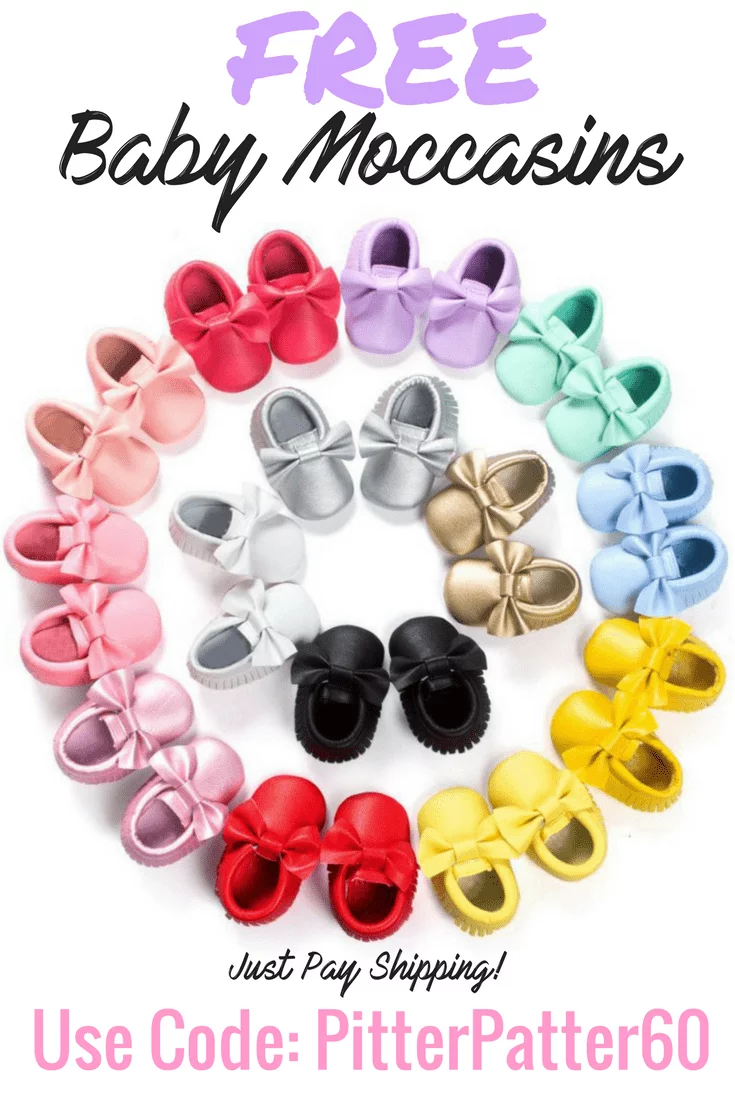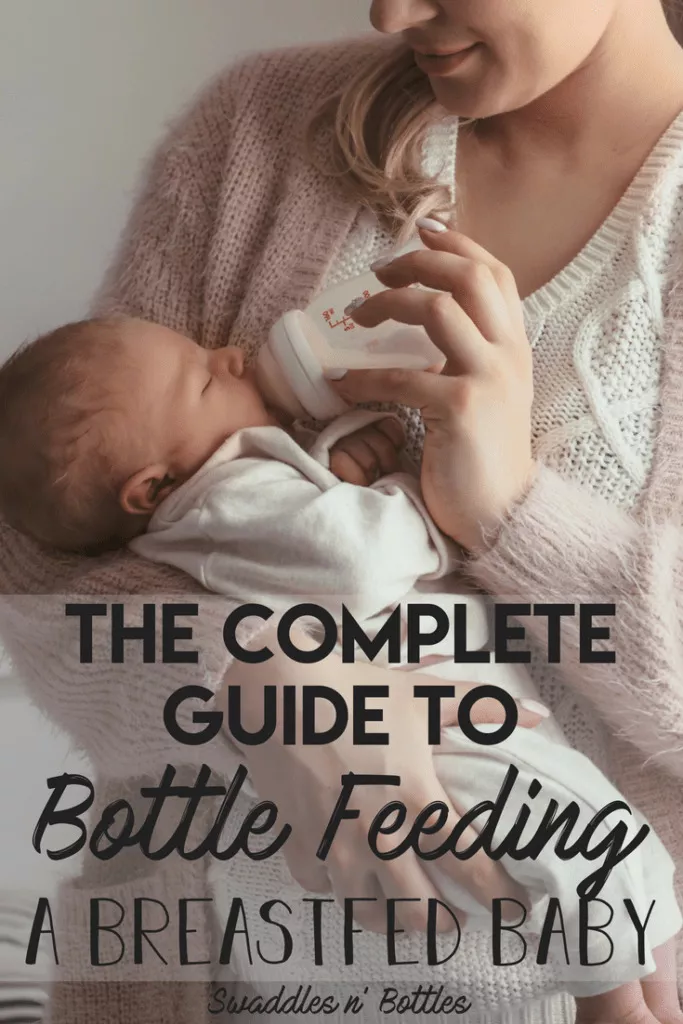
The Complete Guide to Bottle Feeding A Breastfed Baby
Whether you need to supplement traditional breastfeeding or you can’t breastfeed for an extended period, it may become necessary for you to bottle-feed your infant with expressed breast milk.
Here are some transitional tips, as well as some info on paced/positional feeding, recommended bottles/nipples to try, and three problem-solving tips if baby absolutely refuses a bottle.
Quick Transitional Tips
These might not work for all babies, but here are some quick, recommended tips for a smooth transition to a bottle:
- Let someone else feed baby that first bottle, as baby may be less confused if someone else introduces the concept of the bottle.
- Try to be out of the house, as baby may still know (and smell!) that you’re nearby.
- If baby won’t take the bottle during the day, try offering it during a nighttime feeding or vice versa. Offer a bottle in the evening after a regular feeding to get baby used to the plastic nipple and start with a small amount of breast milk, such as half an ounce.
- Try a slow-flow nipple, which will help them feel less flooded with milk.
Paced Feeding & Positional Feeding
You may have heard of “Paced Feeding,” which means trying to mimic the usual breastfeeding experience by attempting to make appropriate quantities last the average length of a feeding, rather than trying to feed baby as much as possible in a short period of time. Slower feeding reduces guzzling down bottles .
Smaller but more frequent meals (roughly every two to three hours) work well for breast-fed babies because you want to mimic the types of feeding that they would be getting at the breast. Bottle-feeding also naturally allows someone other than mom to help with feeding. #mommygetsashower #mommygetsanap
Another benefit of bottle-feeding in this manner is that it regulates the quantity and timing of eating, which supports being able to work and/or pump without having to adjust to pumping a daily volume equal to the baby’s demand. This method also maintains the breastfeeding relationship, hopefully leading to longer durations and increased success at breastfeeding–particularly for mothers who are separated from baby for periods of time.
Paced Feeding is particularly helpful for infants under six months of age, but is useful for any bottle-fed child:
- Feed baby when hungry, versus on a set schedule.
- Try to have feedings last ten to twenty minutes at a time in order to mimic the usual breastfeeding experience. Plan to make appropriate quantities last the average length of a feeding–rather than trying to feed as much as they can in as short a time as possible (baby needs time to recognize fullness).
- Support frequent breaks to mimic the breastfeeding mother’s letdown patterns (discouraging baby from swigging the bottle and alleviating nipple confusion/preference).
- Stop feeding when baby seems full/takes a break (not just “finishing the bottle” by forcing the nipple into baby’s mouth or reawakening a drowsy baby to eat).
Positional Feeding is important for maintaining the physical/muscle memory aspects of feeding for baby:
- Hold baby in an upright position during bottle-feeding. Remember – hold baby often, at times when they are not being fed, in order to avoid baby being conditioned to eat just to be held.
- Rub baby’s lips with the bottle nipple and then allow the baby to receive the nipple.
- Try to switch from side-to-side midway through a feed. This allows for eye stimulation/development and prevents the development of a side preference that could impact a breastfeeding mother.
Best Baby Bottles for Breastfed Baby
- We used the Playtex Nursers with the Drop-Ins Disposable Liners, which meant they were pre-sterilized (such a time-saver!). They’re now marketed as “Closer to Breastfeeding.”
- We started with the Playtex NaturaLatchNipple, Slow Flow Nipples and then adjusted to the faster flow as he got the hang of things. There are also varied-flow variety packs (game changer!).
- The Tommee Tippee Closer to Nature Bottles and Nipples also allow for easy transition between breast and bottle (they were developed with breastfeeding experts to mimic the breast’s natural flex).
If Baby Absolutely Refuses the Bottle
- Experiment with Different Nipples. Try using a bottle nipple similar to his pacifier. If he prefers latex, use a latex bottle nipple (versus a silicone one) and vice versa. Let baby play with the bottle nipple for familiarity.
- Experiment with Different Temperatures of the Nipple/Milk (testing on your wrist first!). Warm the nipple with water to make it feel more appealing. You can also try putting some breast milk on the nipple.
- Pick a Bottle/Nipple Combination and Be Patient. Pick a combo that you feel might work best and try it for at least a week. Try holding baby in different positions and then once he’s used to a bottle, resume regular feeding holds.
Remember – in addition to your pediatrician, a properly-trained lactation consultant is a fantastic resource if you encounter any feeding difficulties with an infant. A consultant can give you valuable support and information about latching for proper early breastfeeding.
Finally, reach out when you need help or support–everyone’s experience is different and we can learn from each other!

